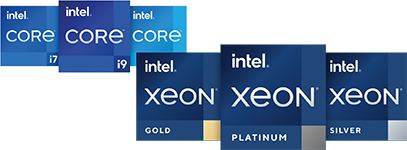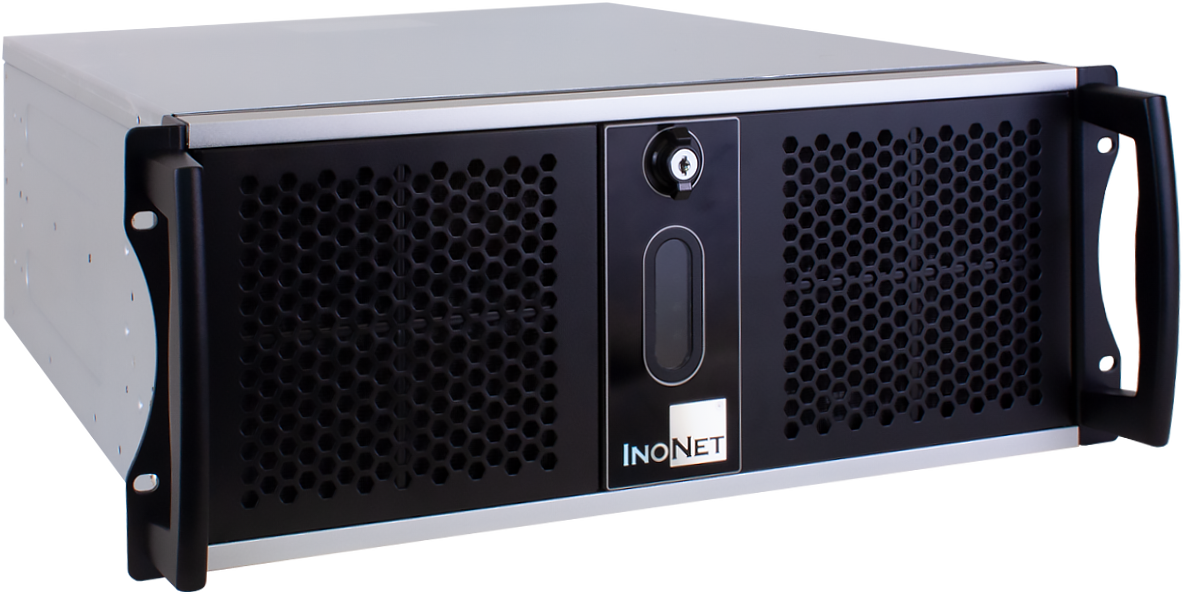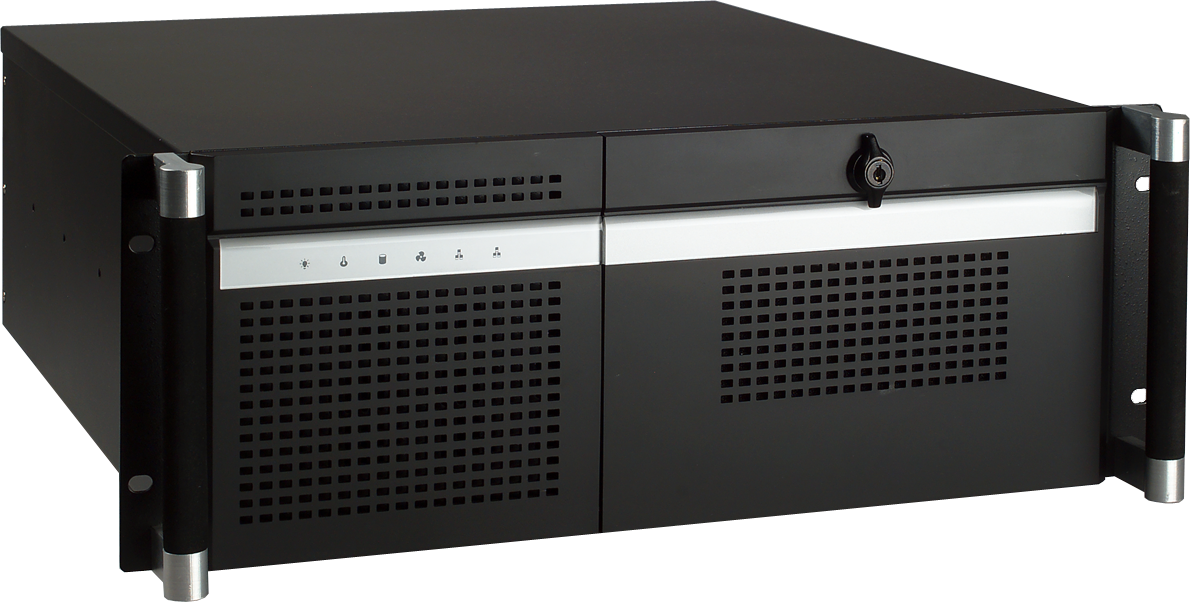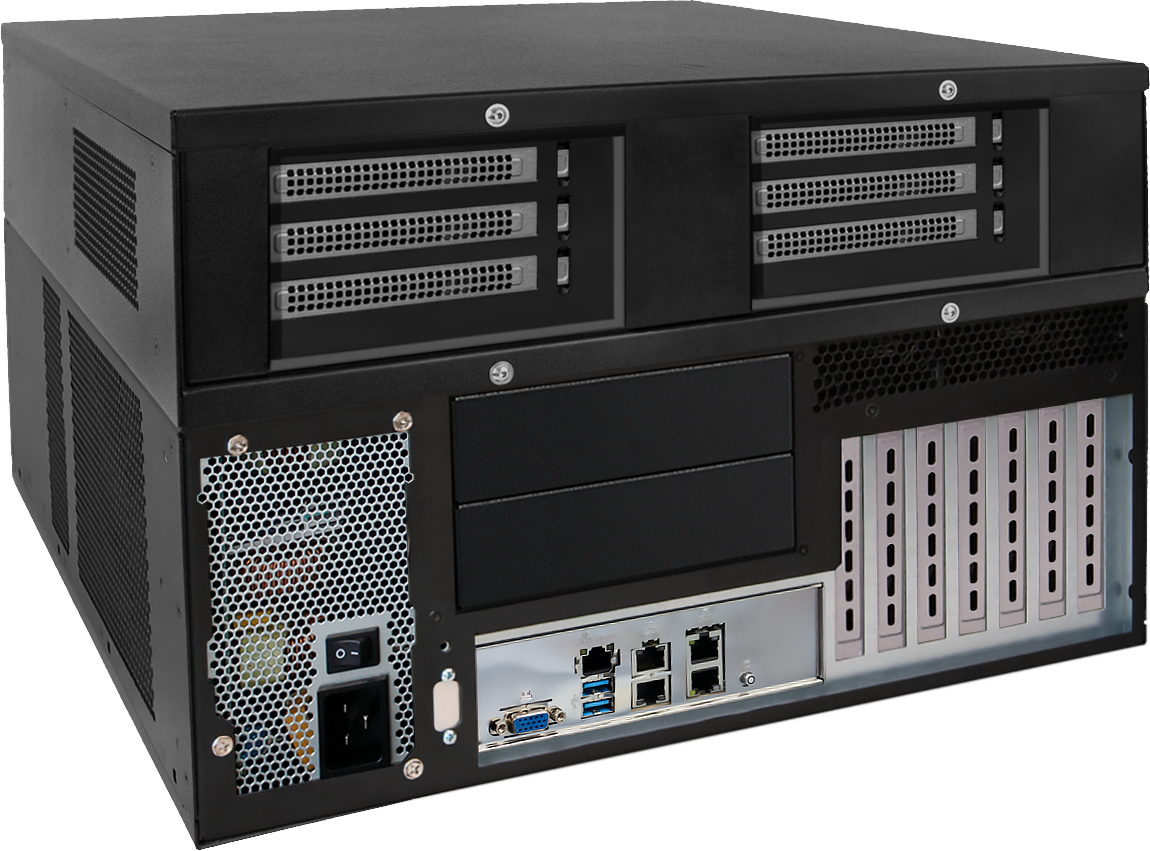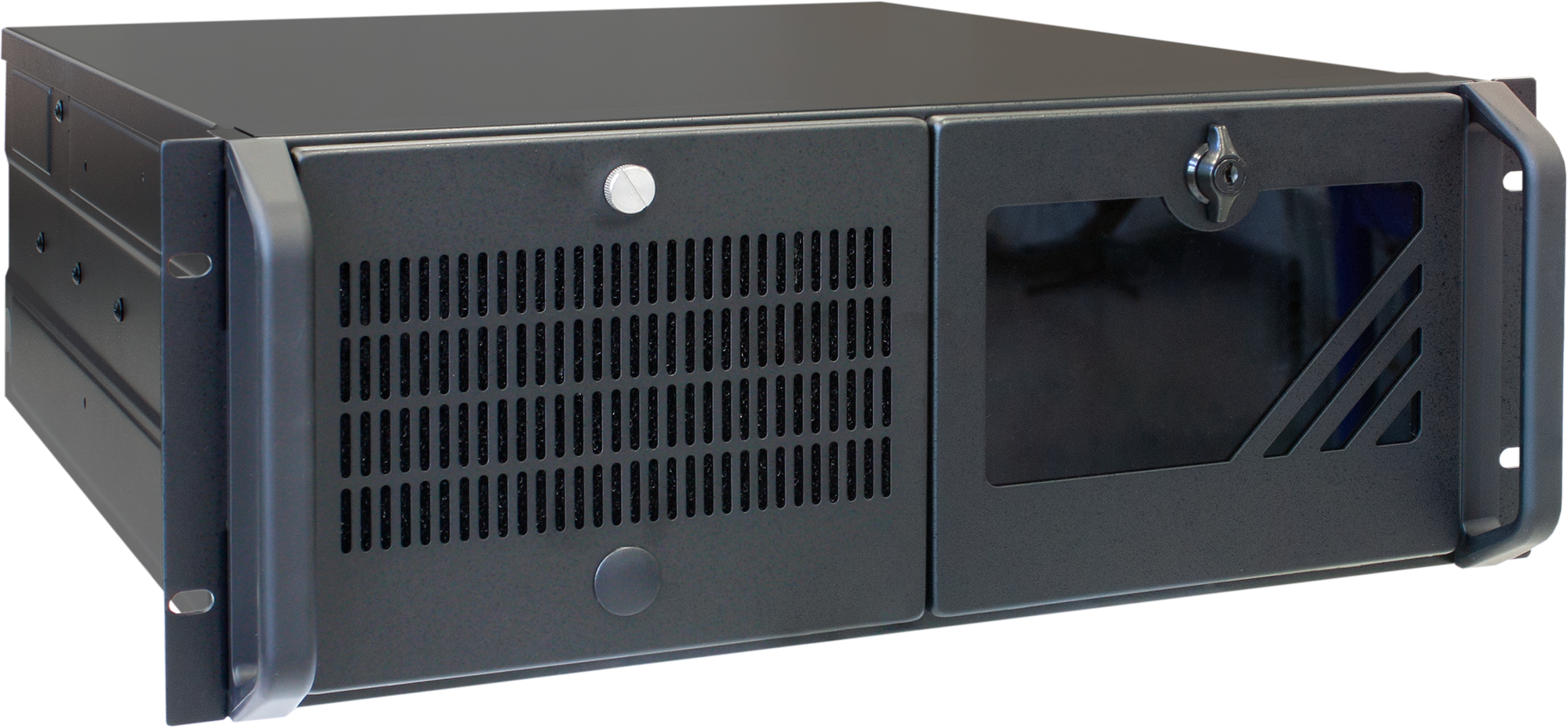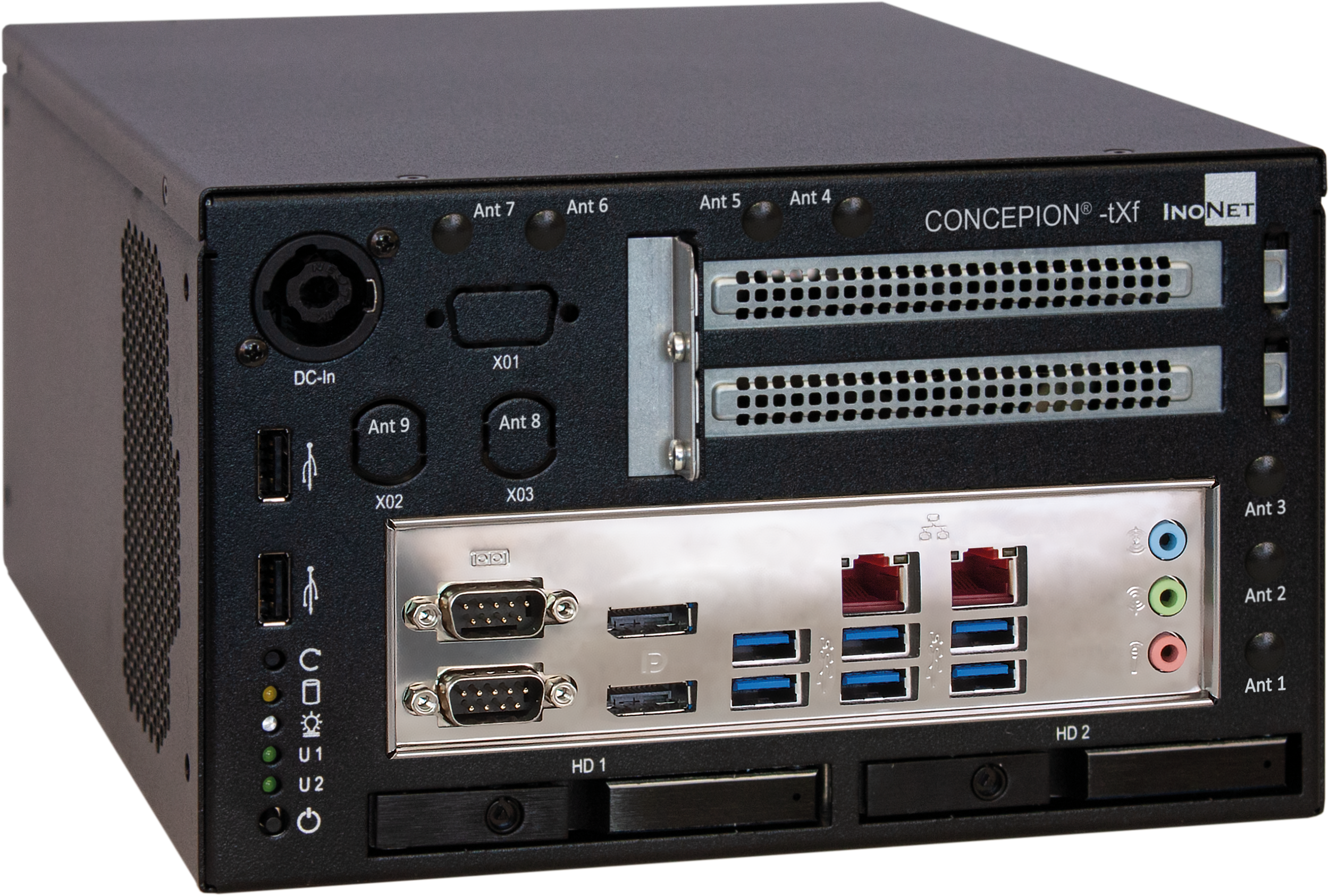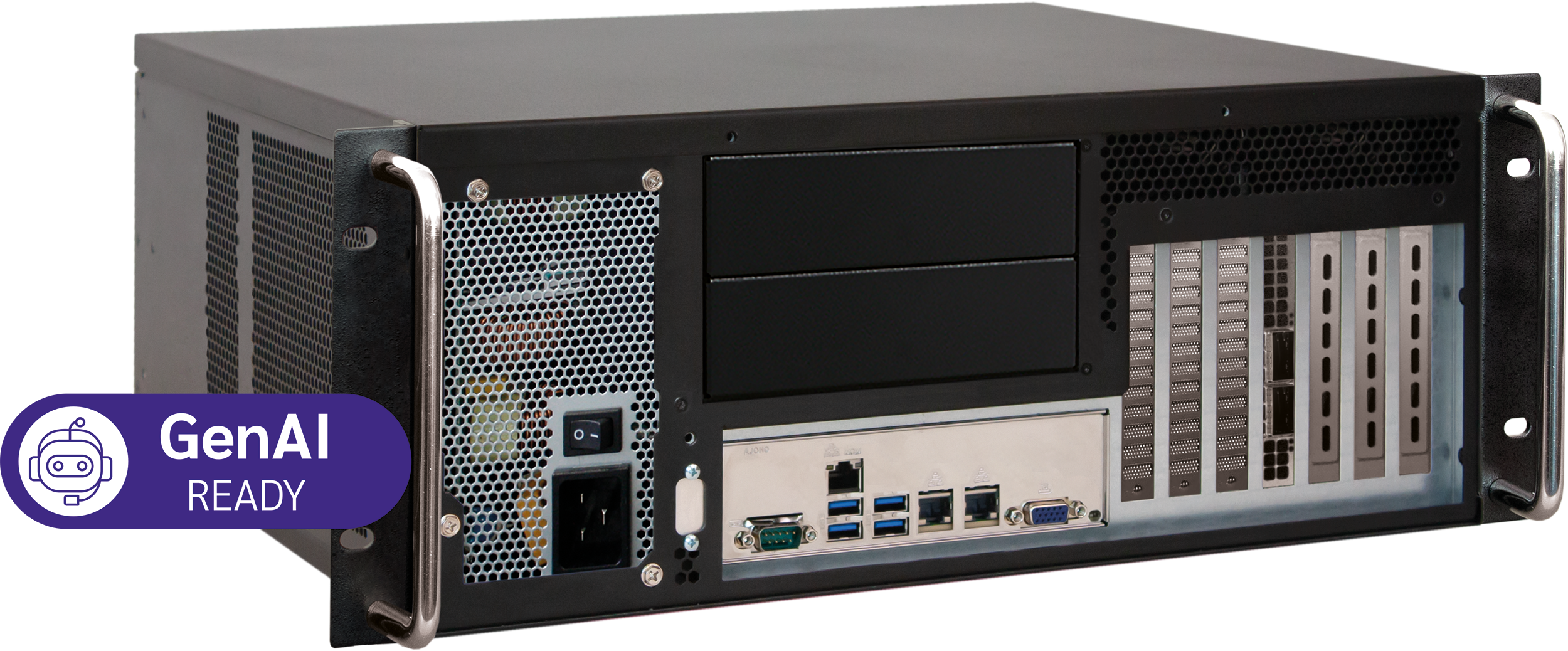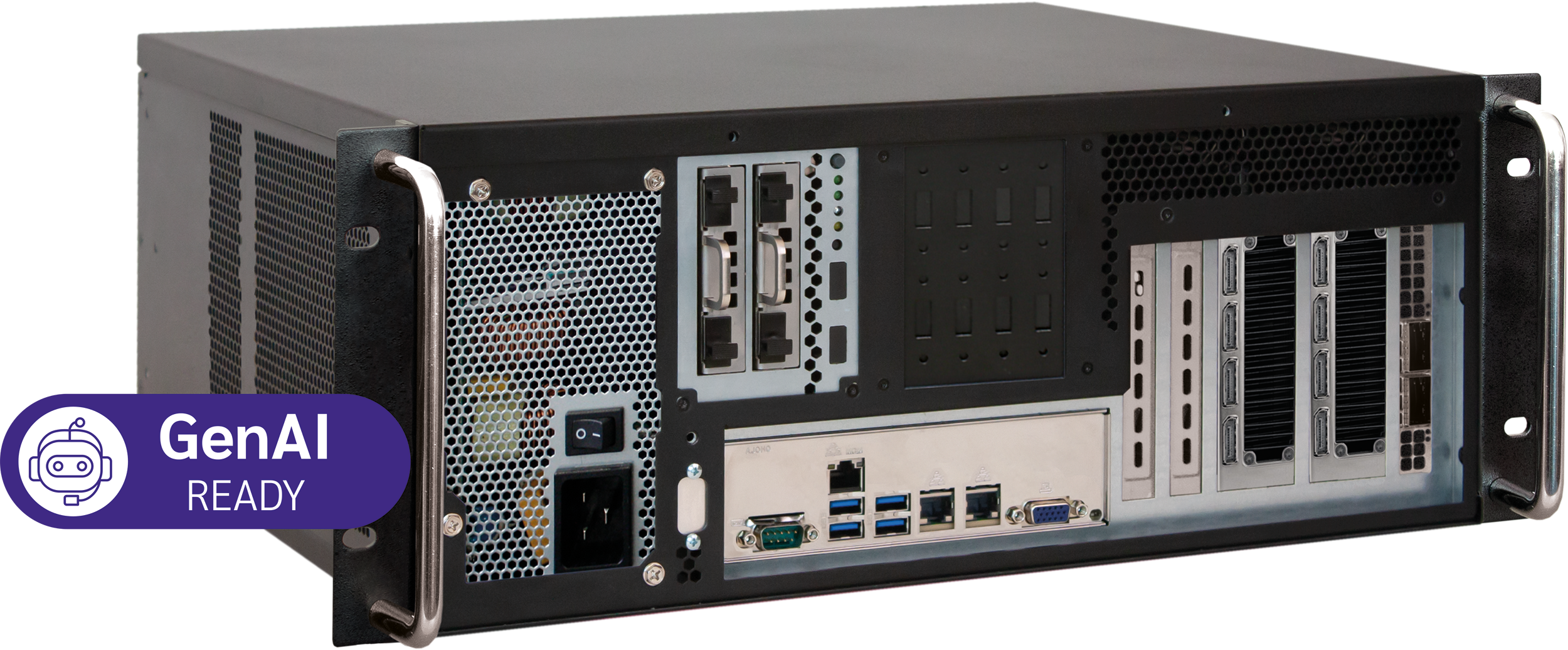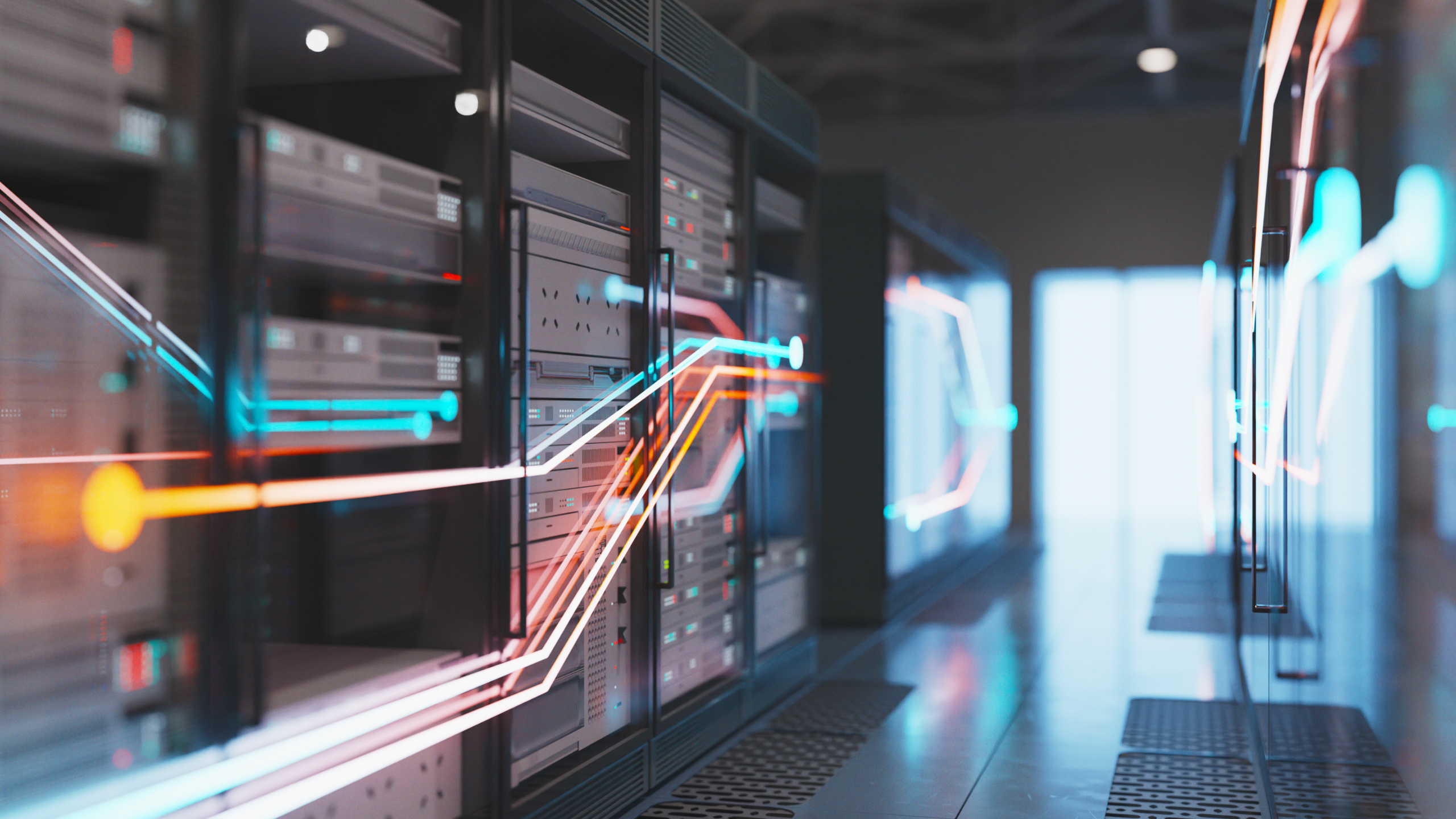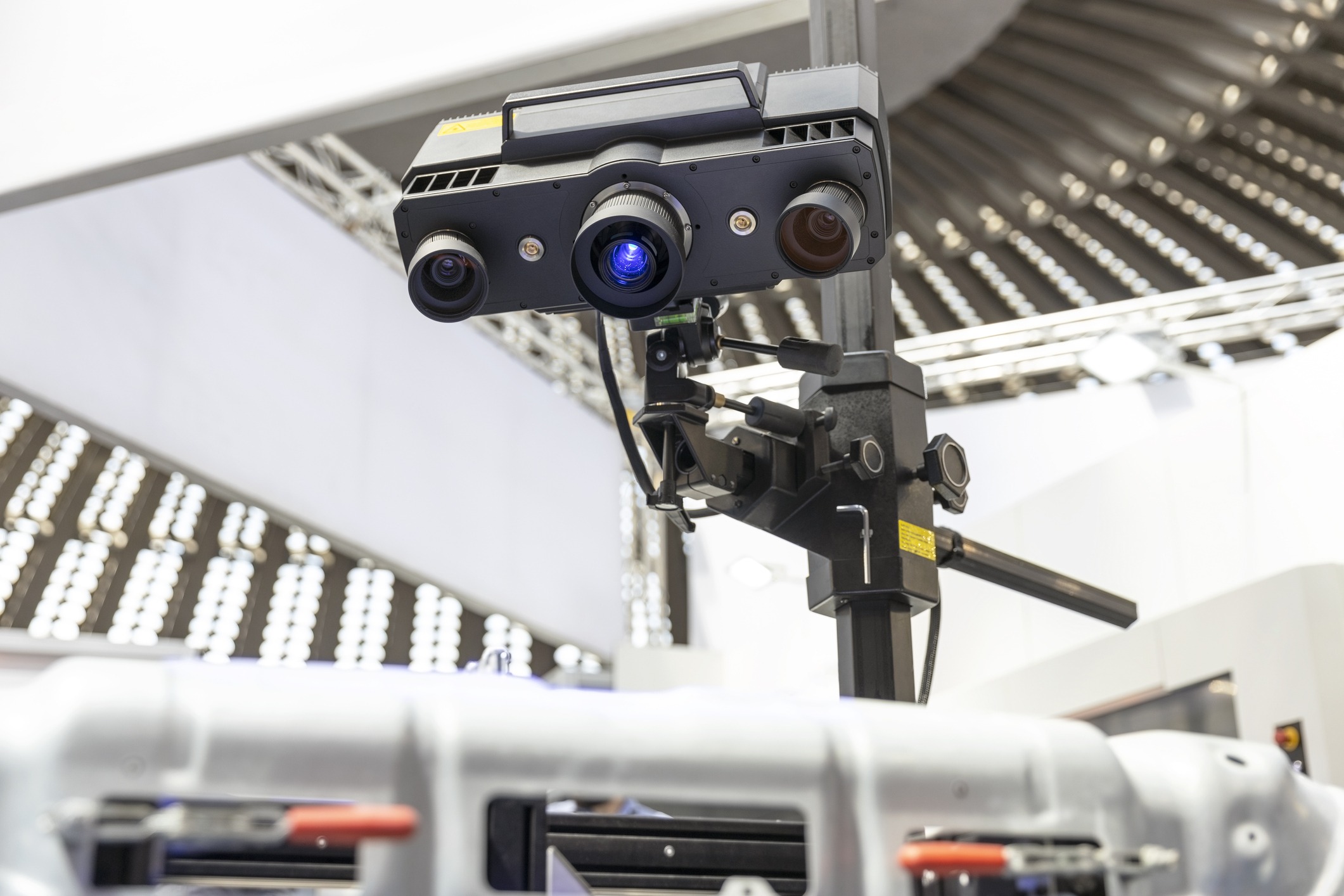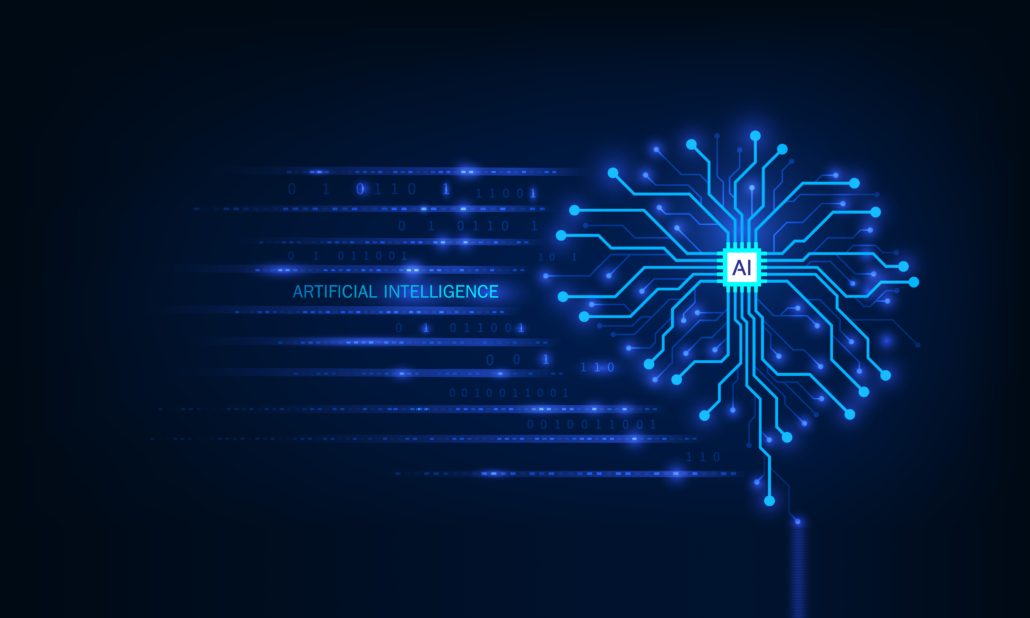- InoNet Computer GmbH
Wettersteinstraße 18
82024 Taufkirchen
Industrial servers for demanding applications
Our industrial servers offer you maximum availability and robust performance for demanding industrial applications. With powerful and durable systems that are designed to meet your exact needs, we can provide you with tailor-made solutions – from an optimized chassis and flexible interfaces to powerful AMD® or Intel® processors and generous storage options. You can count on our industrial servers to perform reliably and robustly in the most demanding environments.
Our FPGA servers
FPGA servers combine powerful GPU computing performance with the high-performance Fast FPGA RAID (FFRAID) from Missing Link Electronics (MLE). The systems enable maximum data write rates and are optimally designed for the efficient processing of large volumes of data.
Our AMD servers
AMD® servers impress with their high core count and strong multithreading performance. With AMD® Ryzen™ and EPYC™ processors, they are suitable for cloud computing, data analysis and AI applications. With PCIe 5.0 support, they offer high storage and data processing performance.
Our Intel servers
Intel® servers offer strong single-thread performance, broad compatibility and advanced security features. With Intel® Core™ i and Xeon® processors, they are ideal for industrial automation, virtualization and corporate IT.
Advantages of high-performance server systems
High-performance industrial servers offer a number of advantages that make them ideal for use in demanding industrial environments:
Areas of application for industrial servers
Optical inspection in production
Servers provide the necessary computing power for AI-supported image processing in quality assurance. With their multi-core architecture and high memory bandwidth, they can analyze large amounts of image data in real time, e.g. for the automatic detection of defects in solder joints in printed circuit board production. Find out more in our case study.
Security and monitoring
Powerful servers are crucial for the efficient processing of high-resolution video data and the operation of AI-supported recognition systems. Servers offer the necessary parallel processing and security functions to protect sensitive data. For example, they can detect unauthorized driving manoeuvres in a traffic guidance system in real time and initiate immediate measures.
Medical Technology & Imaging
Servers provide the necessary computing power and high bandwidth for processing large volumes of data in medical imaging. They support the rapid image reconstruction of MRI and CT scans and enable the rapid provision of high-resolution images, thereby speeding up diagnoses. You can find more details in our case study.
Submit your product inquiry now
FAQ on industrial servers
What is the difference between servers and workstations?
Industrial servers are designed for continuous operation (24/7) in fixed IT infrastructures. They offer high computing power, reliability and scalability, making them ideal for applications in data centers, industrial control systems and edge computing. Equipped with powerful server CPUs such as AMD® EPYC™, AMD® Ryzen™, Intel® Core™ i or Intel® Xeon®, they ensure stable performance in controlled environments.
Conventional industrial PCs or workstations, on the other hand, are optimized for demanding computing tasks in changing or difficult operating conditions. They are used in production facilities with dust, moisture or extreme temperatures as well as in vehicles with strong vibrations. Despite their high performance, they are built more robustly and have special cooling and resistant housings to ensure reliable operation even under extreme conditions.
In summary, rack servers are suitable for stable, permanently installed IT infrastructures, while workstations offer a flexible and robust solution for challenging environments. The choice between the two systems depends on the specific requirements of the application.
How do I decide between AMD and Intel servers?
The choice between AMD® and Intel® rack servers depends on your specific requirements:
– Servers with AMD® are better suited if you need powerful multi-threaded solutions for applications such as virtualization, AI, or simulations. They also offer an attractive price-performance ratio.
– Server systems with Intel® are suitable if your applications require high single-thread performance, e.g. for real-time analyses, process control or monitored machine control.
Your specific requirements for computing power, power consumption, and scalability are the deciding factors. Our experts are available for in-depth consultation, analysis of your unique requirements, and recommendation of the right server solution.
You can also find out more about the differences between AMD® and Intel® in our Wiki article (in German).
Which servers are fail-safe?
Fail-safe servers use redundant hardware (e.g., dual power supplies, RAID, ECC RAM) and high availability solutions to ensure continuous operation. A high Mean Time Between Failures (MTBF) ensures long operating times and minimizes the risk of failure, especially for industrial servers.
How big should a rack server be?
Servers are available in different height units (HE/U), typically from 1U to 4U, depending on the required performance and expandability. A server rack should offer the standard width of 19 inches, the appropriate height (e.g. 42U for data centers, 12U-24U for smaller installations) and a depth of 600 mm to 1200 mm to accommodate different server sizes.


